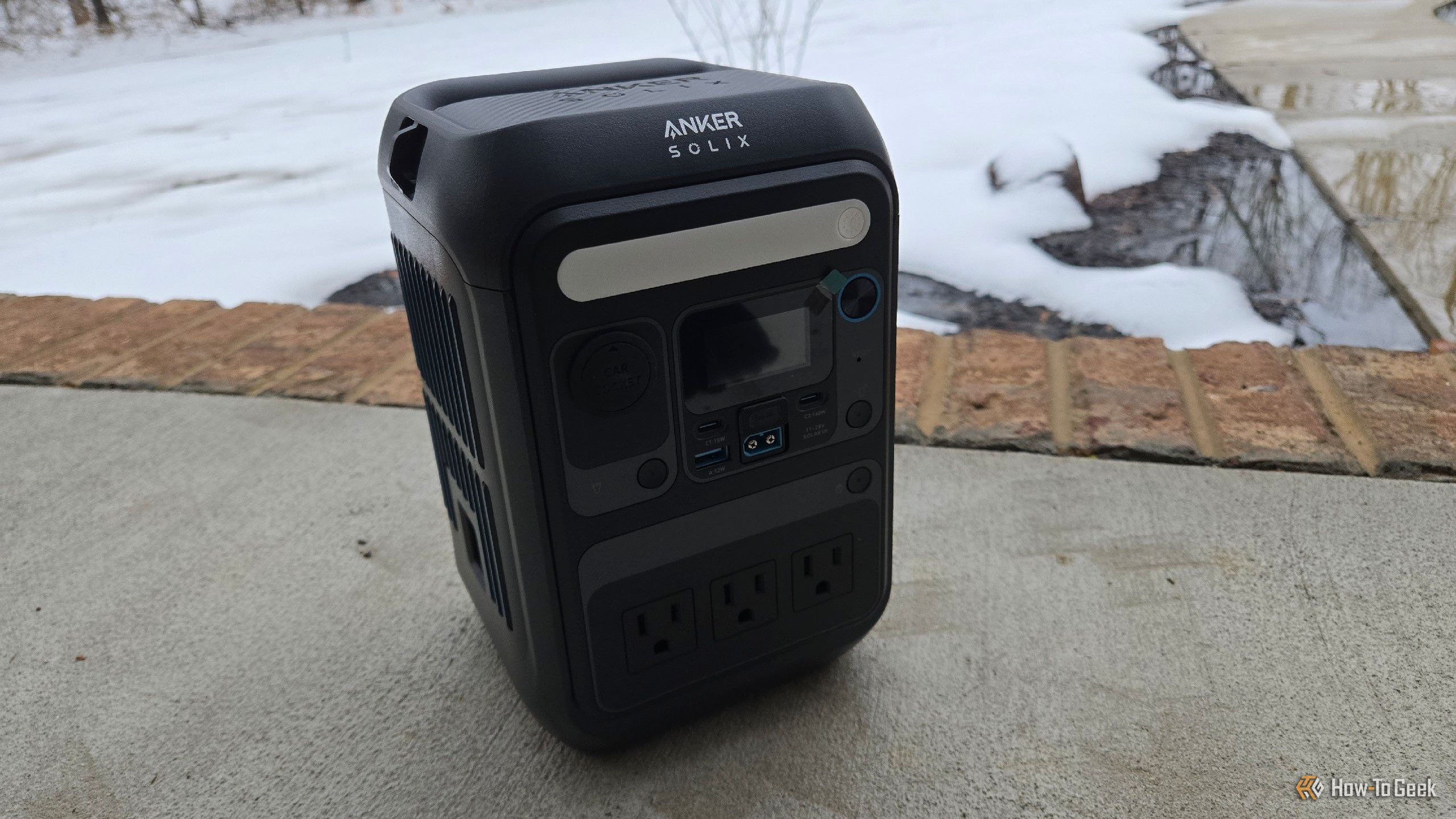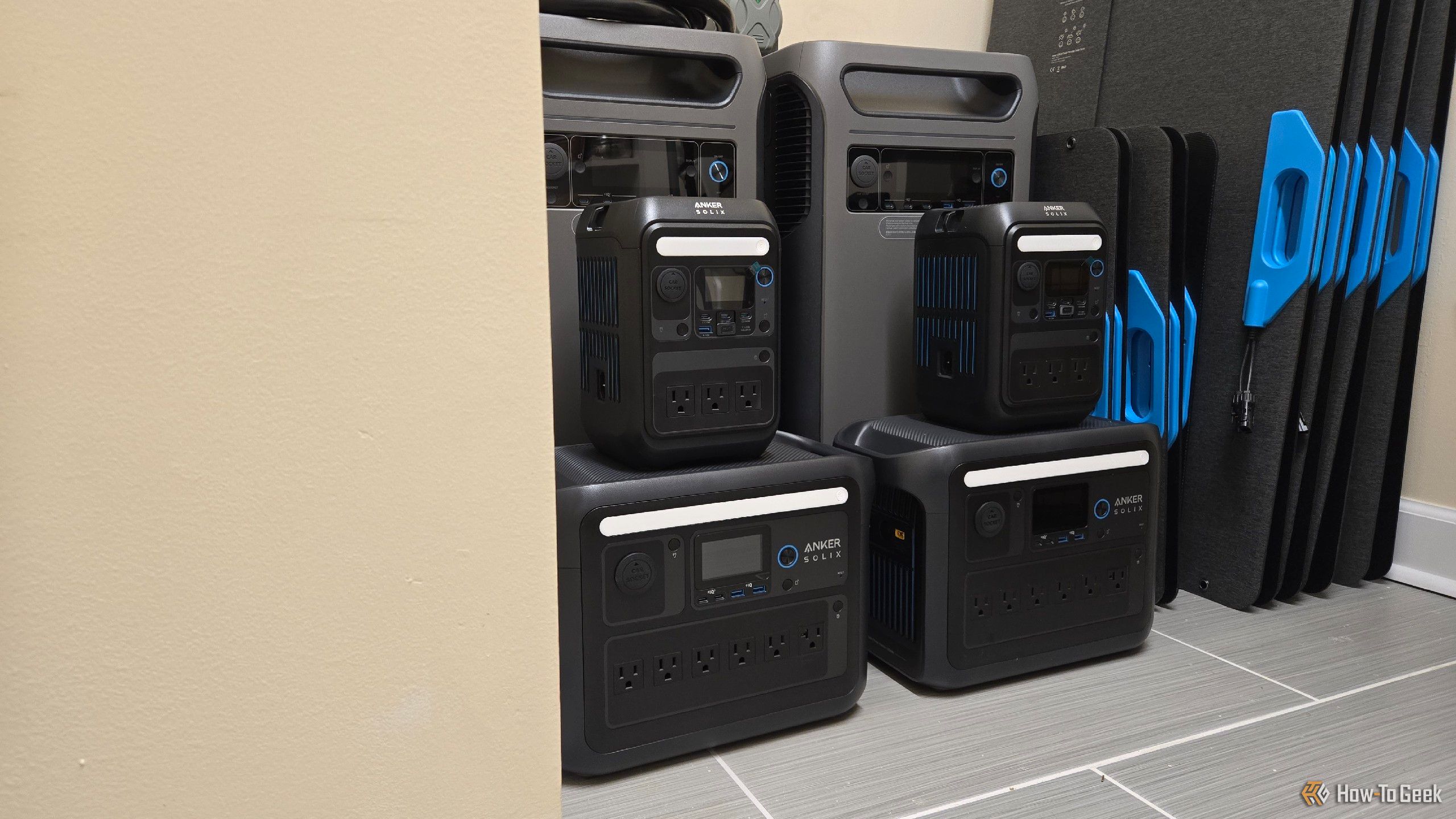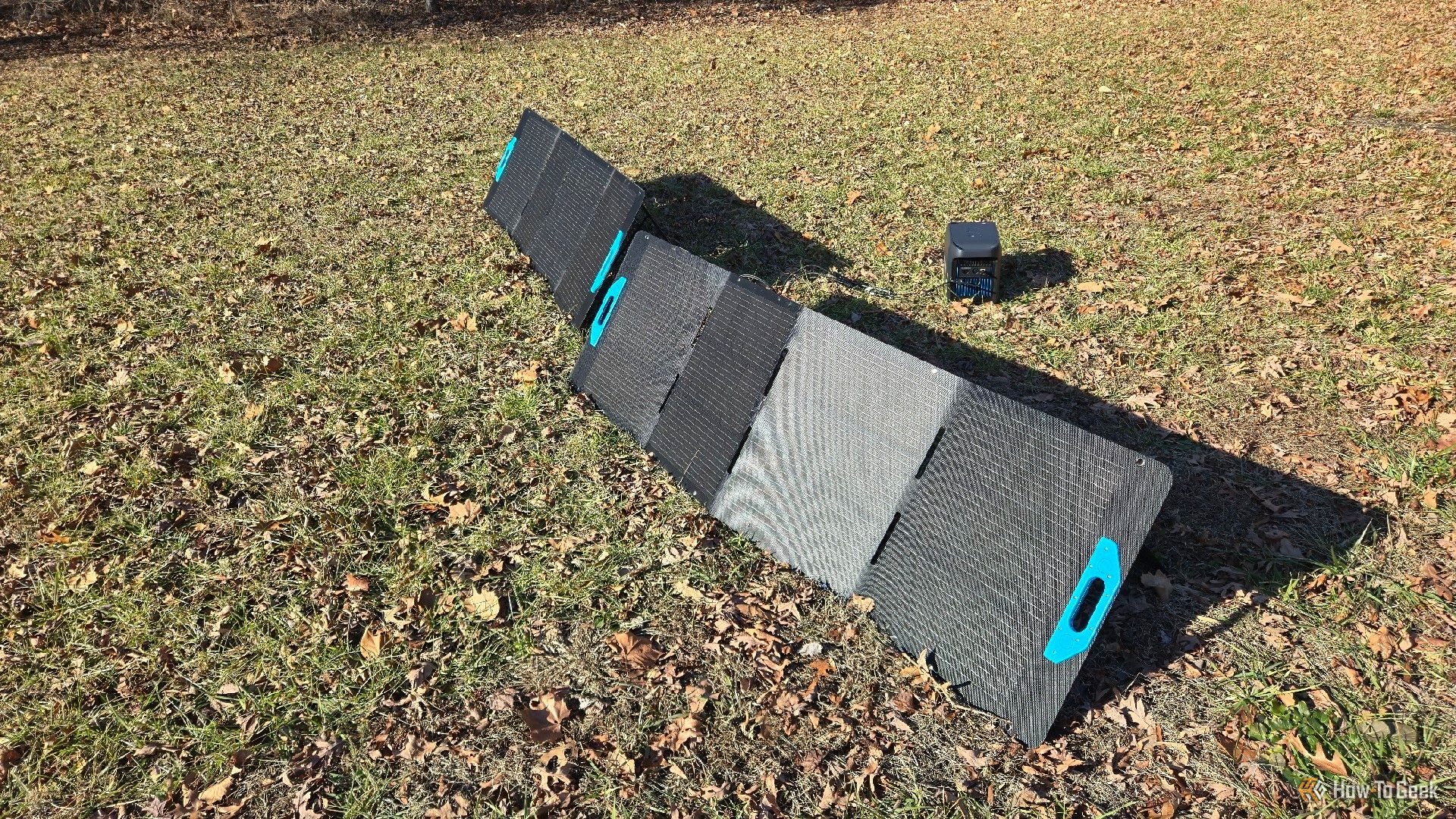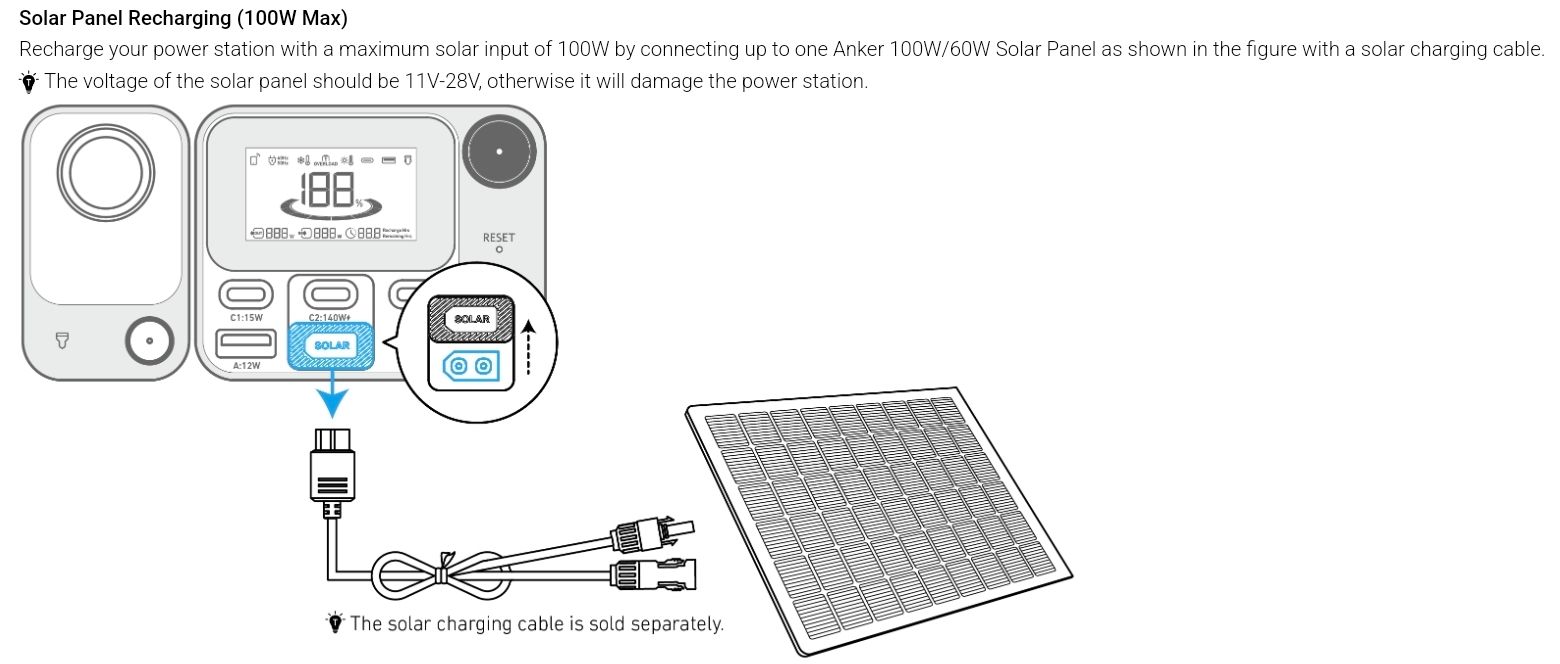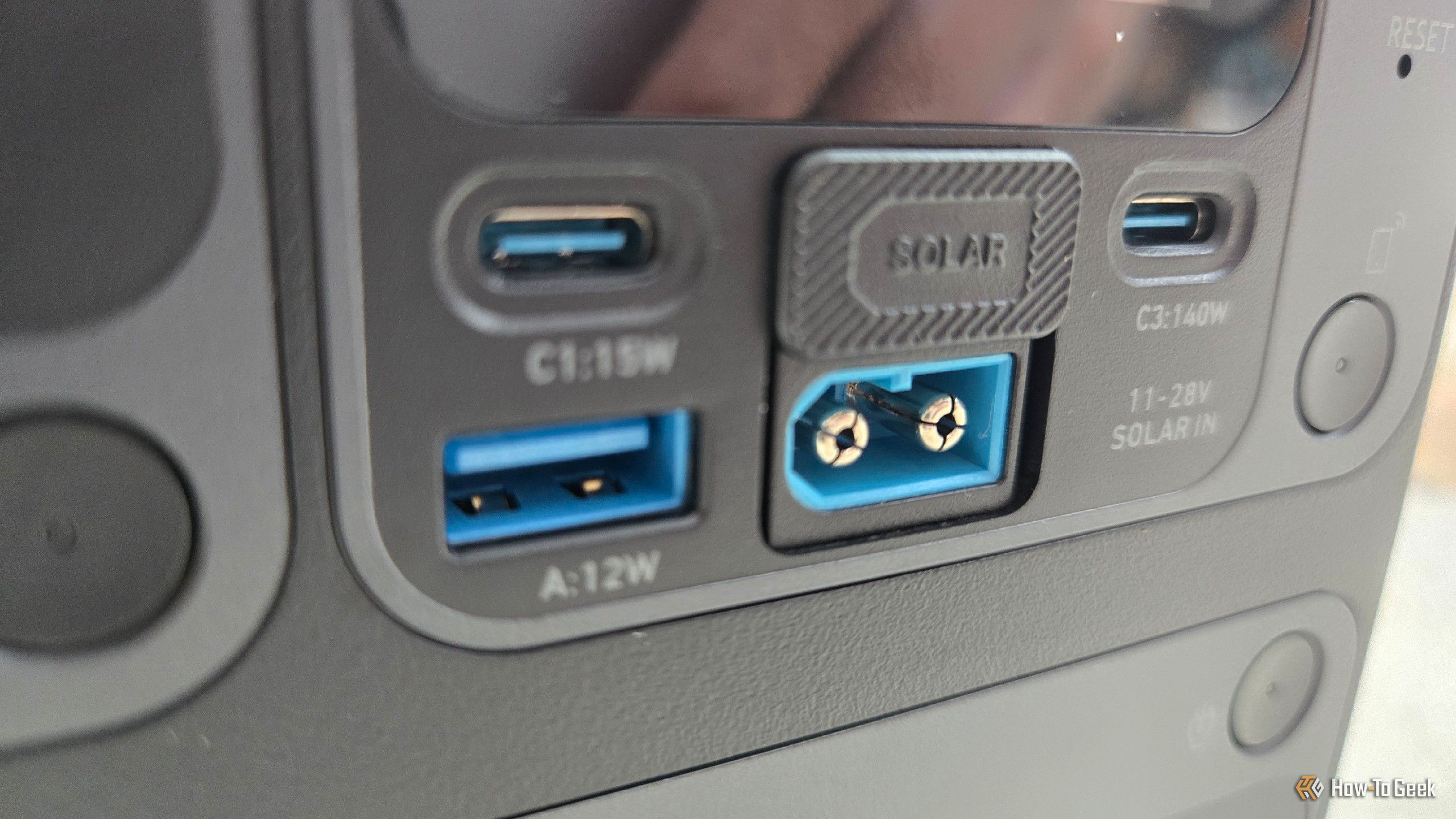This is a story of user error. I am the user who made the error, and I’m putting this out there so that you don’t make the same mistake. Here’s how I killed not one, but two small portable power stations before I charged a single device.
I Bought Two Anker C300s
The device in question is the Anker C300. This is a small portable power station with a capacity of 288 watts and enough power to charge phones, laptops, and small appliances. With a max output of 300 watts, it’s not of much use in the kitchen, but it’s the kind of power station that’s great for kids during an outage. It can charge their tablets, Nintendo handhelds, and nightlights.
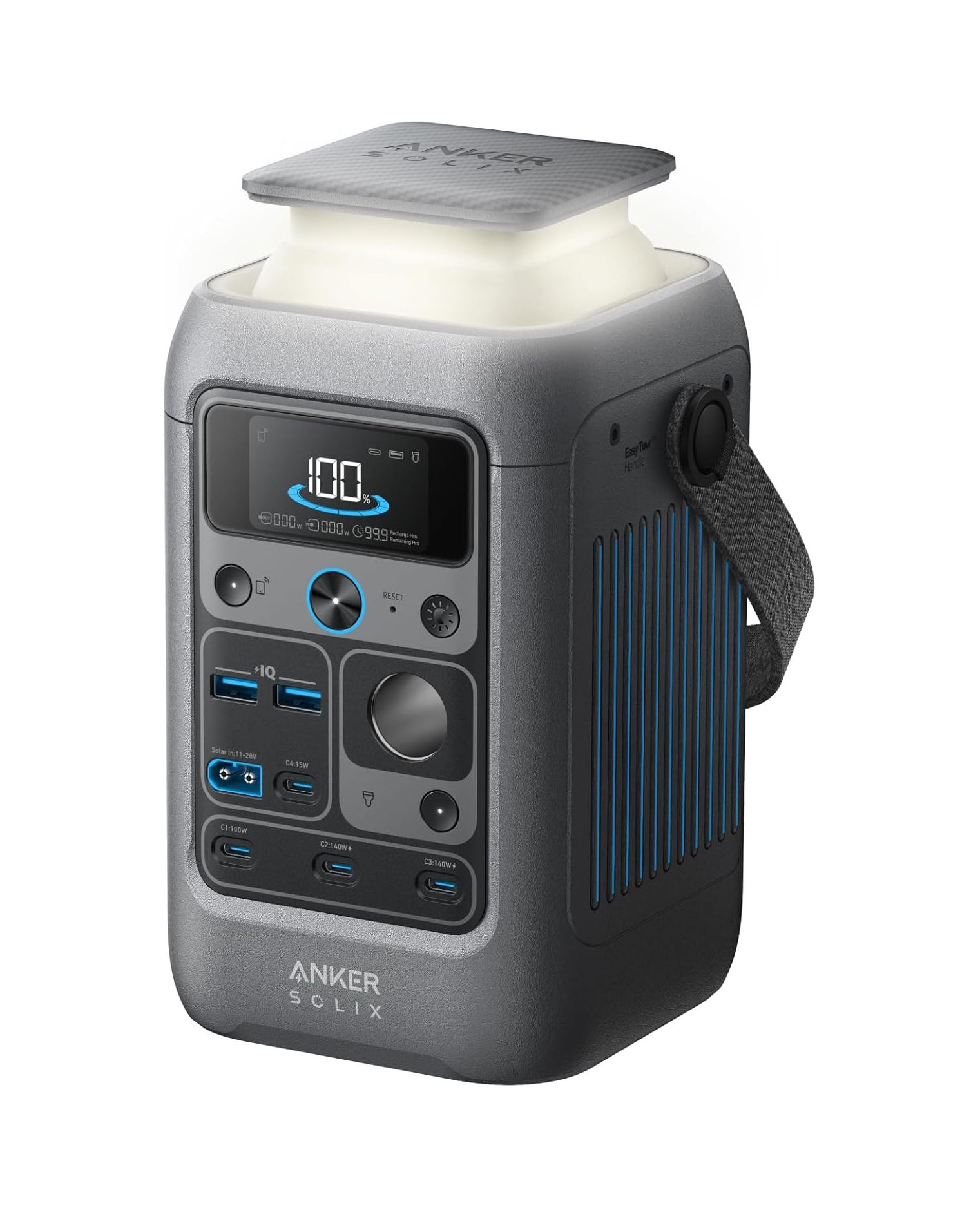
I like these stations because they are lightweight and easy to carry around. They’re the first ones I would grab in an outage for anything minor. They can power a lamp or let us watch TV for a few hours. They can recharge the Nebula portable smart projector we bought instead of a smart TV. They’re also small enough to toss in the trunk before a road trip in case we need to charge anything while we’re in the car that the car’s USB port can’t handle.
These units are the exact opposite of the giant Anker F3800s we bought to power our home during an outage. That thing weighs over 130 pounds (around 60KG).
I’ve written before about how I intend to buy one of Anker’s solar powered umbrellas when they come out later this year. This little power station is precisely the kind of thing I’d like to connect it to for passive power generation.
How I Killed Both Portable Power Stations
The Anker C300 technically qualifies as a tiny solar generator, since it has an input for charging directly from solar panels. This is one of the primary ways I intended to charge my units.
This model has a max input of 100 watts, but I was curious if a 200-watt panel would still work. After all, I also have the Anker C1000—that model has a max charging rating of 600 watts, but the fastest way to charge it is by using two of Anker’s 400-watt panels. I followed this advice when testing out how quickly I could charge my C1000. As you can see below, this worked as advertised.
Solar panels rarely reach their maximum charging capability, so two 400 watt panels are more likely to produce closer to 600 watts than 800 watts. Still, these panels can produce over 600 watts of power, so the C1000 must apparently throttle what it takes in to 600 watts, since using two 400-watt panels is one of the ways Anker recommends charging the unit. That’s why it made sense to me that even though 200 watts is more than 100, a 200W panel would probably still work with my C300.
So I pulled out my panels. I have both an Anker PS100 and a PS200. The PS100 is made of two solar panels, while the PS200 is made of four.
When I plugged my 200W Anker PS200 panel into my first Anker C300, nothing happened. I tried pressing the power button. Nothing. I must have gotten a dud.
I had ordered two power stations at the same time, but the second one arrived a few days later. This time I plugged the unit into a wall first to make sure it wasn’t also a dud. It came on! So I took it outside and plugged in the same panel. This time I heard a sizzling sound. I immediately unplugged the panel, but it was already too late. When I pressed the power button, nothing happened. It hasn’t come back on since.
This was new to me. Like I said, I expected the power stations would probably only pull in the amount of energy they could safely handle. If they couldn’t do that, I expected some sort of message indicating that the power station is incompatible with these panels.
After all, when I plug my Kia Niro EV in to the 11kW car charger we have at home, it only pulls in its max charging speed of 7.2kW despite the faster capabilities of the charger. When I plug a 65W charger into my Galaxy Z Fold 6, it only pulls in 25W. And like I mentioned before, when I plugged two 400W panels into my C1000, it continued to work.
Solar panels and portable power stations apparently do not function like the other electronics in my life.
Pay Careful Attention to Voltage, Not Just Watts
After coming to the conclusion that I had fried both of my power stations, I started re-reading the manual to see if there was an explicit warning. It turns out the limitation about wattage wasn’t the main issue. Rather, it’s a limitation on voltage. It’s a digital manual, so I’ve taken a screenshot.
There it is, in black and white. It seems obvious now. But at the time, I didn’t understand why exceeding 600 watts of input was fine for the C1000 but the C300 had a hard limit of 100 watts. The answer is in the voltage.
The PS100 solar panels that Anker recommends using have an operating voltage of 24.5V and an open circuit voltage of 28.5V. This is within the supported range of 11V to 28V.
The PS200 panels have double the operating voltage at 48V, with an open circuit voltage of 57.6V. As for the larger PS400 panels, which are also safe to plug into the C1000? Even though they produce twice the wattage of the PS200, they have the same 48V operating voltage and 57.6V open circuit voltage.
It’s the difference in voltage, not the difference in wattage, that apparently led to the instant demise of my two C300s. I know there are people who understand electricity shaking their heads at me throughout this entire story. That’s valid. When you know, you know. When you don’t, well, it can cost you.
Don’t Expect Warranty Coverage
You might expect this to be covered under warranty. After all, I never got to charge a single thing with either unit. But this sits firmly in the camp of user error. Again, after reading the small print in the manual, I get it. Looking at the photo above, you can see the voltage limitation is even written on the front of the unit!
Now that I understand what happened, my error seems obvious, but I would have appreciated much more explicit warnings. There is a difference between “not recommended” or “not compatible” and “will absolutely and instantaneously destroy your device.” I cover software for a living, and ignoring the recommended limitations is part of the job description.
Likewise, while the wattage of the solar panels is obvious, the voltage isn’t. You have to know to look for that information. My assumption was that Anker panels probably all used the same voltage, and I didn’t think to check. It’s not something I’ve ever had to give thought to before, and that’s something to keep in mind when releasing products like this to people like me who aren’t used to high stakes when we plug stuff in.
Stressful cable management for me involves plugging in a USB cable, flipping it over because it wasn’t faced the right way, then flipping it over again because it turns out I was right the first time.
If I didn’t already have an Anker C1000 and PS200 panel lying around, I likely wouldn’t have made this mistake. I would have played it safe by ordering just a PS100 panel and been done with it. After all, I did order a PS100 to go with my C300. I was just curious and figured I’d give the more powerful panel a shot. They’re all Anker products. The ports are all the same. Surely they’ll communicate properly.
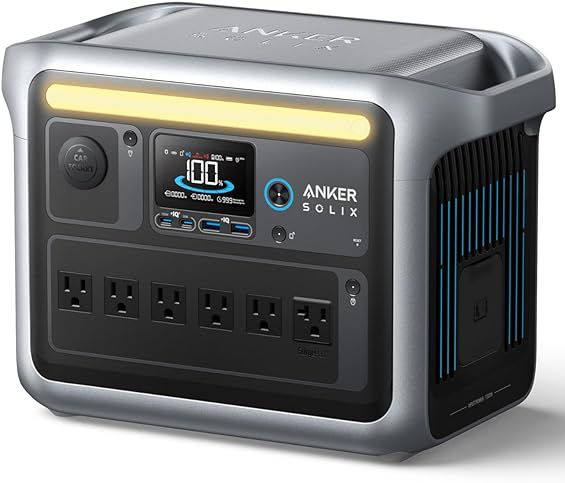
Anker SOLIX C1000 Portable Power Station
$799 $999 Save
$200
The new Anker SOLIX C1000 is a compact yet powerful 1800W portable power station. It packs 11 different ports, 2400W AC power surge, built-in lighting, and more. Charge all your gear or be prepared for an emergency.
Turns out, there’s no communication involved. Just raw power delivery. This is one case where curiosity may not have killed the cat, but it sure killed two portable power stations. Now I know, and so do you.
Don’t take this at all as an indictment of Anker products. I hope getting these units repaired doesn’t cost me an arm and a leg. I’ll probably order a couple more regardless. They’re great at what they do. Just, whatever you do, don’t plug in the wrong solar panel.


